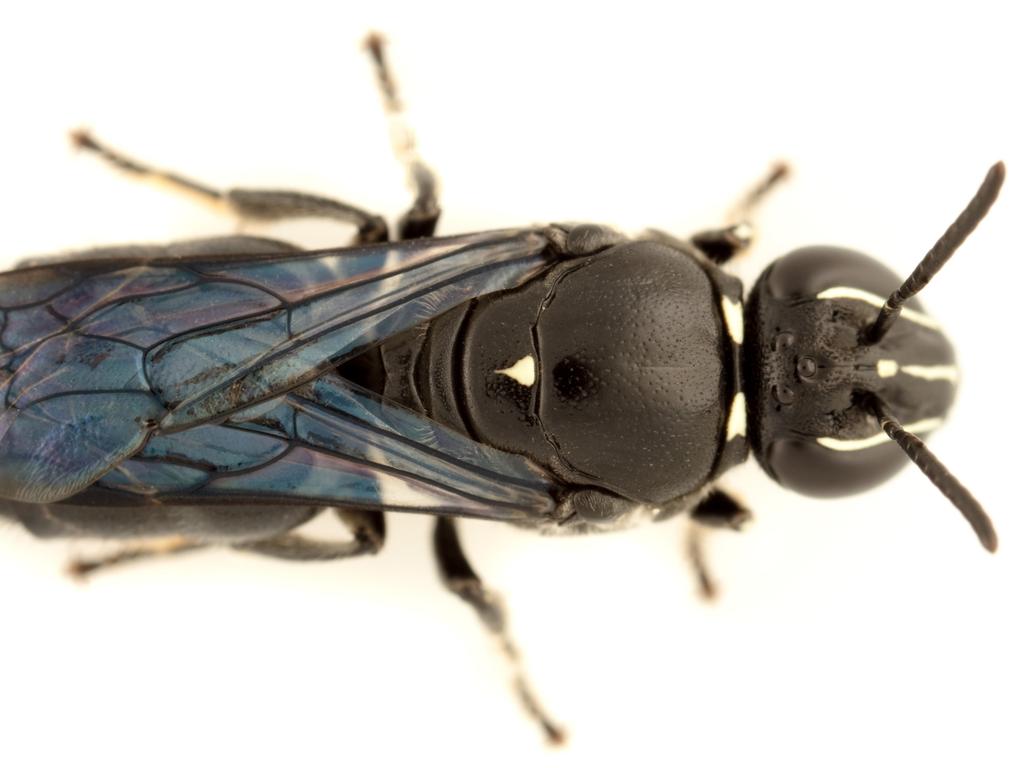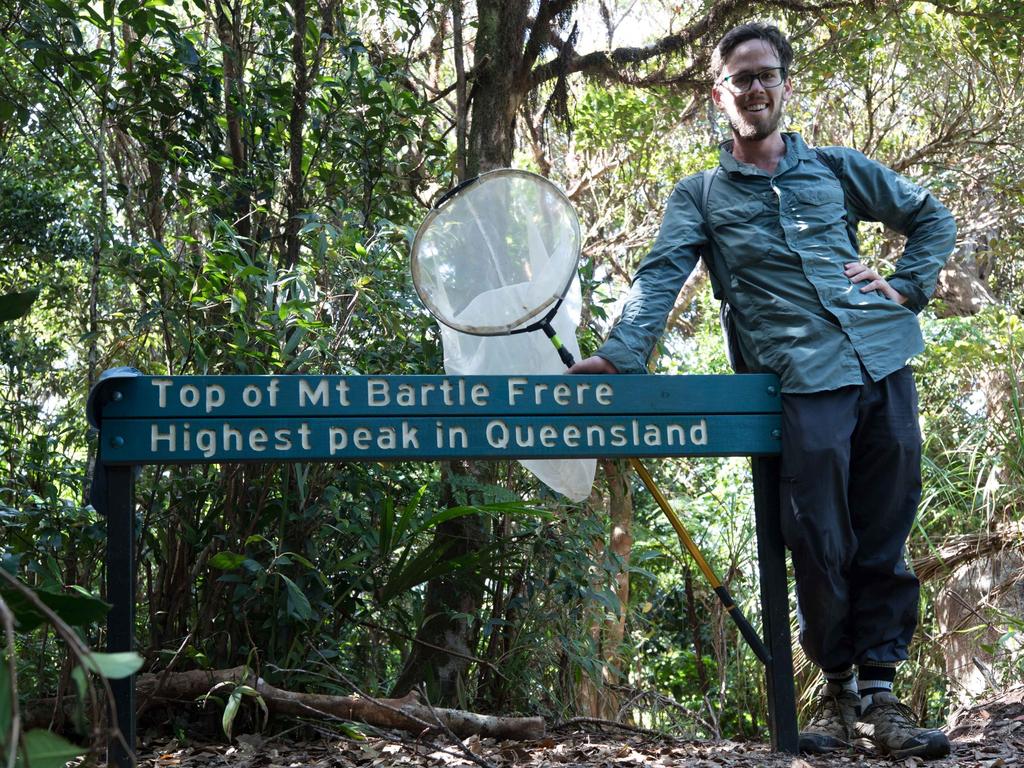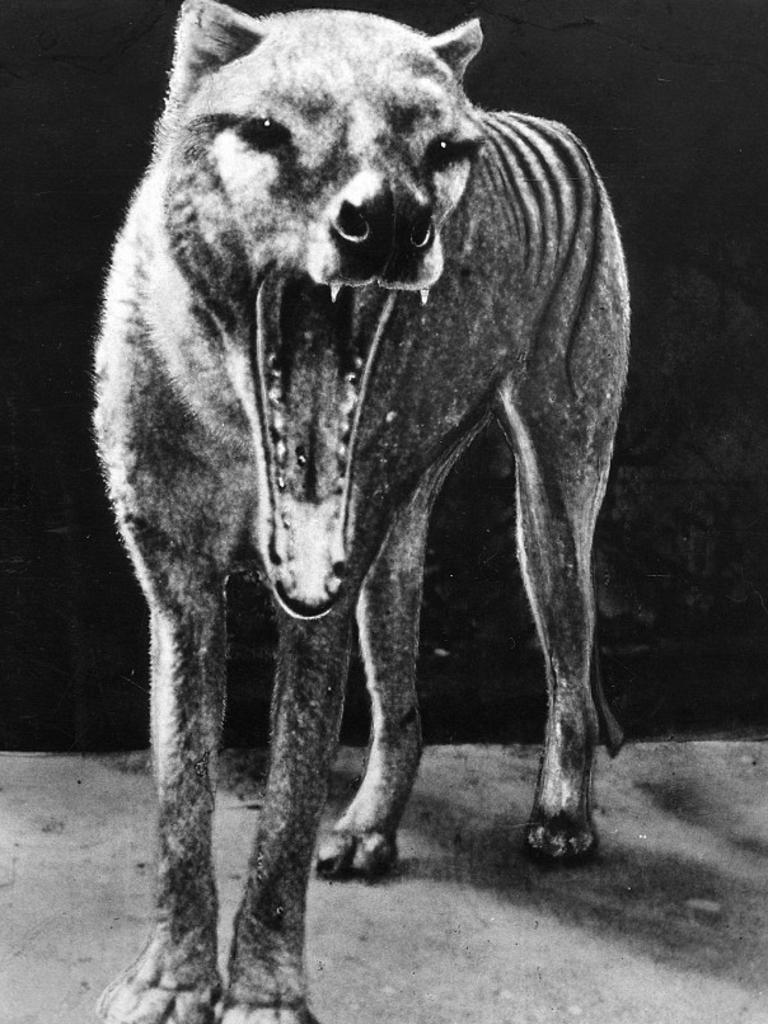‘Extinct’ native bee back after 100 years
A species of native bee not seen in nearly 100 years has been rediscovered after extensive searches along Australia’s east coast.
A species of native bee not seen in nearly 100 years has been rediscovered after extensive searches along Australia’s east coast.
The last recorded sighting of Pharohylaeus lactiferus was in 1923, but Flinders University PhD candidate James Dorey collected six individual bees in three sites in Queensland – Atherton, Kuranda and Eungella – after sampling 225 individual locations.
One of 202 species of masked bee in Australia, the black-bodied insects with distinctive white face markings are slightly smaller than the common European honeybee, and may have a thing for the colour red: they were discovered solely on Illawarra flame trees and firewheels.
“It seems like the bees might be specialist pollinators, but we’re not really sure,” Mr Dorey said.
“They also seem to be only living in a single habitat type, sub tropical or tropical rainforest, which is concerning because those forest types have been cleared and become quite fragmented since Europeans arrived.”


While most people associate bees with hives and colonies that operate according to strict social structures, Mr Dorey said almost all masked bees were solitary creatures.
The 28-year-old researcher said he’d been studying bees for about seven years, spurred on by an extraordinary discovery he made while undertaking an insect science course at the University of Queensland.
“I had to collect a whole bunch of bees for an assignment, and I ended up collecting about 33 different species of native bee on one tree outside my house in suburban Brisbane,” he said.
“They were so variable and different and beautiful that I got hooked from that point. It’s easy to get interested when that kind of thing happens.”

Mr Dorey’s latest discovery, published today in The Journal of Hymenoptera Research, comes in the same week that hopes were raised – and then dashed – that another long-lost Australian species may have been rediscovered: the Tasmanian Tiger, or thylacine.
Days after thylacine enthusiast Neil Waters said he had filmed a family of the animals, which were last spotted in the wilderness in 1936, experts said he had likely filmed a group of pademelons, a small marsupial.


Australian wildlife expert Professor Chris Dickman from the University of Sydney said there had been a number of cases of native animals that were thought to be extinct, only to be rediscovered at a later date. Among these were the night parrot, which went unrecorded between 1912 and 1990, the dibbler, unseen between 1884 and 1967, and Gilbert’s potoroo, which was presumed extinct around 1879, only to pop up again in 1994.
“It used to be the case that any animal or plant not seen or recorded in any way for 50 years was considered extinct,” Prof Dickman said.
“The problem with that is that if no-one looks in the right place, a species may not be seen until someone goes to the right spot to look for it.”
Originally published as ‘Extinct’ native bee back after 100 years





